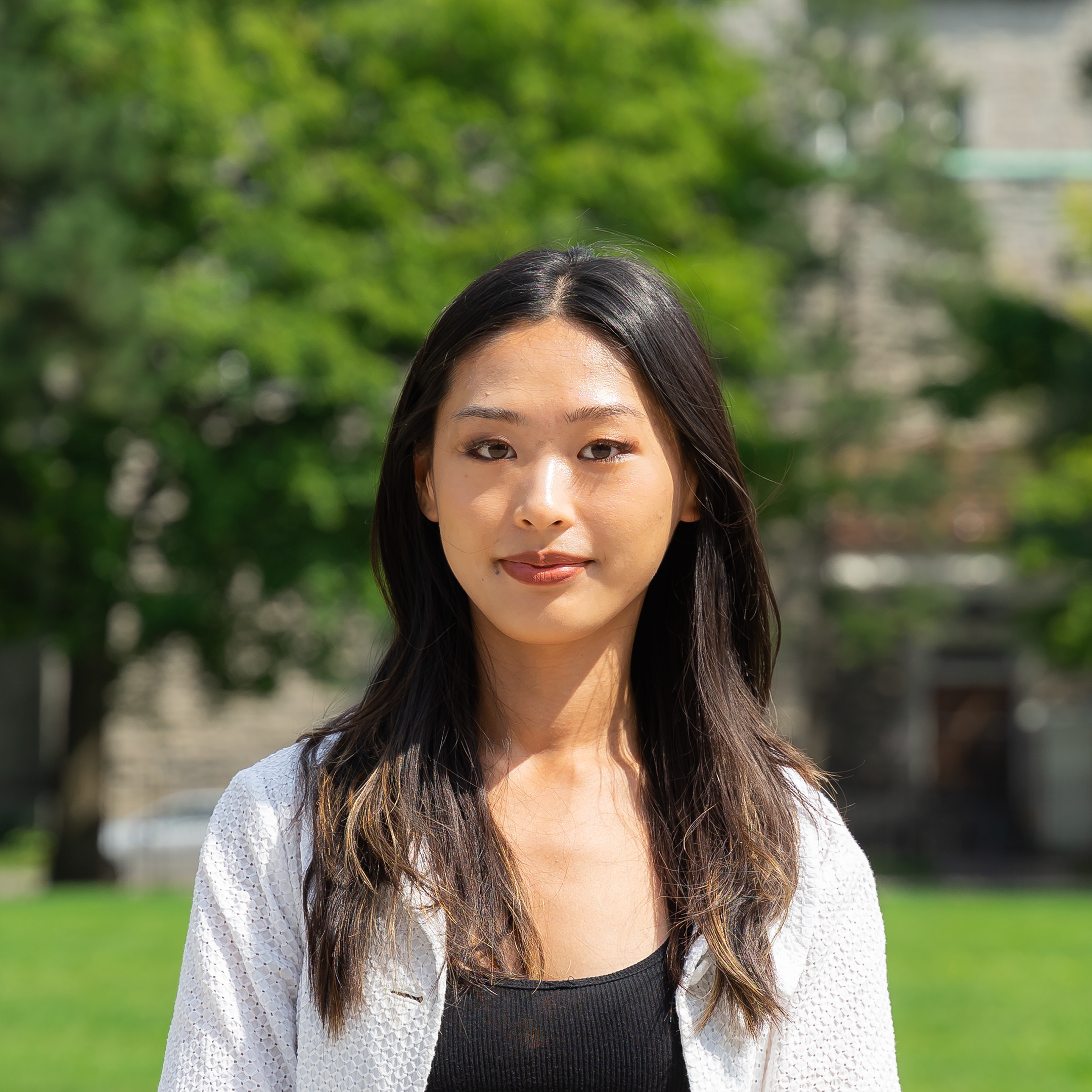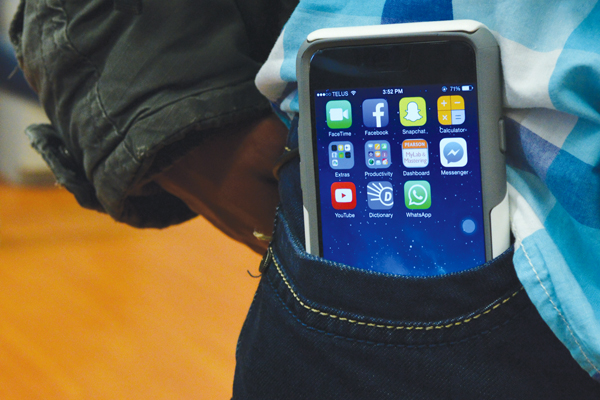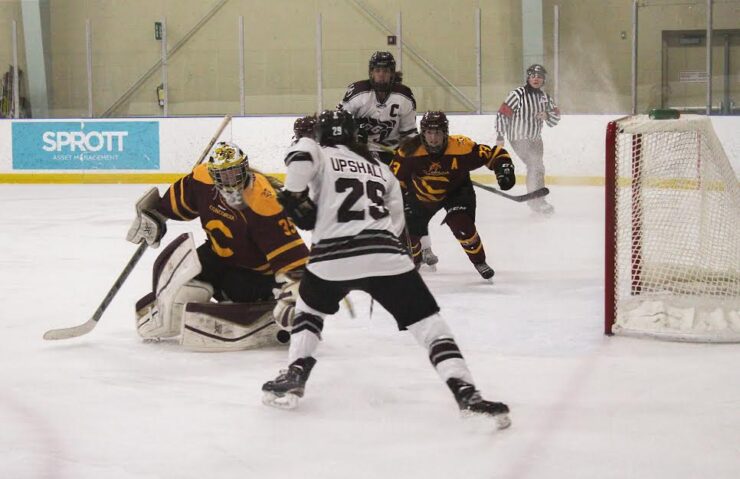U of O students question the aesthetic value of AI art in PHI 2392
What is art? That was the question my classmates and myself grappled with in a second-year course on the philosophy of art and aesthetics. Taught by Vincent Bergeron at the University of Ottawa, the class initially focused on traditional theories of art and the controversial developments of the avant-garde art movement in class. Throughout the semester our focus shifted to another development that has greatly impacted the art world: the rise of A.I.
This technology has made people question the role of artists and ask whether creative work generated by programming technology qualifies as real art. Many of us may be skeptical to qualify artificial intelligence as being artists– the term itself, which includes the word artificial, conflicts with the idea of real art. But, when an AI-generated artwork competes with humans to win first place in a state fair art contest, it’s clear that we might need to give AI more credit than we thought.
I was intrigued when professor Bergeron decided to host a debate at the end of the semester. He asked students to answer two important questions: is AI art really art? And if it is art, could it be as good or even better than traditional art? My classmates and I prepared rough outlines of arguments in advance for the Wednesday class.
Despite the hailing rain and ice outside my 8:30 am class was sufficiently full; Bergeron entered the class, jokingly exclaiming that the AI gods must have not wanted the students to debate. He then began by gauging the general consensus of students’ initial opinions on AI art. The majority of the class believed that AI art constituted real art, while some students remained skeptical, and others admitted to still feeling unsure.
To understand whether AI art is real art, students began by contemplating the role of the artist in the production of AI art.
“What is puzzling about AI ‘art’ is how it affects the production aspect of art. Who is the producer of an AI-generated image? Who, in other words, is the artist?” writes Darwin Pitts, a history and philosophy student, in his prepared excerpt.
Many students agreed that the AI program is simply a digital art tool. The person who chooses to insert the prompts can be considered to be a veritable artist as one student compared using the AI program to using digital art platforms. These technologies don’t invalidate the role of artists because they’re simply mediums used to manifest the artist’s creative vision.
Kaleb Shumway, a second-year philosophy student precisely incorporates this idea in his excerpt, writing: “pencils have gotten better, colors more exact, tools more advanced, so AI is simply an extension of that.”
Another student described the role of human beings in the creation of AI art as a directorial position, one that curates and administers the artistic process. The student affirmed that AI art can be framed as real art if it’s put in the hands of the right people.
The debate switched direction as one student recentered the class’s focus on a different question: instead of arguing whether AI art is real art, can we say that AI creates good art? And for some students, the answer was no. They claimed that AI can not innovate nor evoke the radical creativity of artists like Duchamp; it lacks intentionality, usurping one of the central elements of art-making.
But, the authenticity of AI’s creative endeavours is still hard to judge. Artistic ownership and copyright concerns in particular are being challenged with the rise of AI — how does the technology come up with truly original ideas? Is it an original idea if it simply remixes existing ideas from their database?
Philosophy student Kathryn Moore contemplates this as she writes, “the AI could choose any artist in the world at random and run their work through the same algorithm, leading to the same result of slightly different art to put into the gallery.” With AI, the same creative process is used for each artwork because of the way they’re coded. In essence, the “algorithm [is used] to steal from an artist. The ownership, it appears, stays with the original artist.”
Another student argues that the AI program allows less room for expressiveness in artworks, explaining that if the creator is the AI inputter, they lose some control over the creative process. Referencing Rembrandt’s paintings, he curiously entertains the idea that the AI program wouldn’t be able to add the minute details, such that Rembrandt could do when adding the most delicate lighting onto his subjects with careful and intentioned brush strokes.
The debate ended with questions surrounding our purpose for creating art. One student, vehemently judged that considering AI art as good art reflects rather a consumerist view of what art is. Art is not just about the consumption of the final product, but rather what we can learn and feel from art-making and the creative process. However, another student quickly countered saying that art is naturally made for others’ consumption and this consideration is ingrained in our artistic process.
As students inspired debate with one another, their philosophical exchanges revealed how AI art continues to be a mystery, and for some a chilling view into the future of art and the place for human creativity.
I spoke with Professor Bergeron after the debate to get his thoughts on how it went. He explained how he enjoyed hearing the students’ varying perspectives and that he’s excited to continue hosting more conversations on AI the next time he teaches the course. The AI art debate was an innovative way to make students reflect on key course content, such as aesthetic evaluation and theories on the definition of art.
Although AI art is sparking debate on our fundamental beliefs about art, Bergeron sees the rise of AI art as another evolution in the history of art that is not necessarily unprecedented. “There’s always small revolutions – the avant-garde, conceptual art – [these were] also big development[s] that challenged a lot of things, but if you look at the way we looked at it in the course, art has largely survived all these transformations right, and it hasn’t devalued the traditional painting– people still paint.”
However, one key characteristic of art-making that may be overlooked with the use of AI’s creative mind is what it offers us as sentient beings, with thoughts, emotions, and the urge to create.
“This whole aspect of art that is art-making…it’s for us, to discover the nature of human expression, play with colours, perhaps find out something about yourself. This whole thing, you lose some of that if the bulk of the creation is the AI that does it in a second,” says Bergeron.
As we’re confronted with AI art, we have to be inquisitive about the nature of art-making and all the idiosyncrasies that make it central to human activity. AI art at times may threaten the role of the human artist, but it might also have the potential to enhance their creative endeavours. While this transhumanist current seeping into the art world is jarring, it pushes the boundaries of our imagination and is an undeniable force in shaping the future of art. Whether or not we choose to embrace it — only time will tell.






